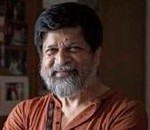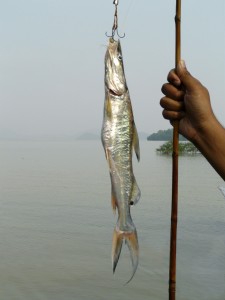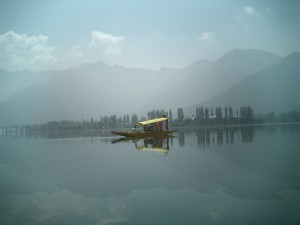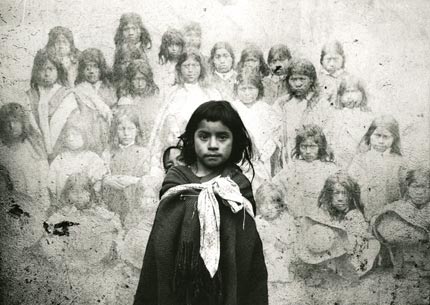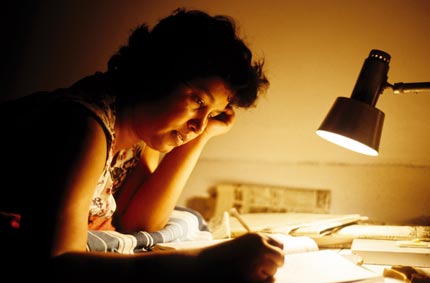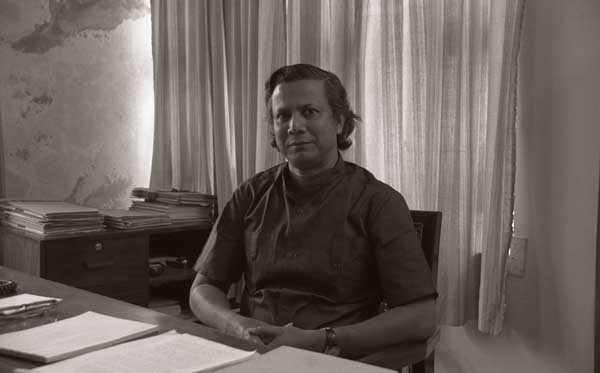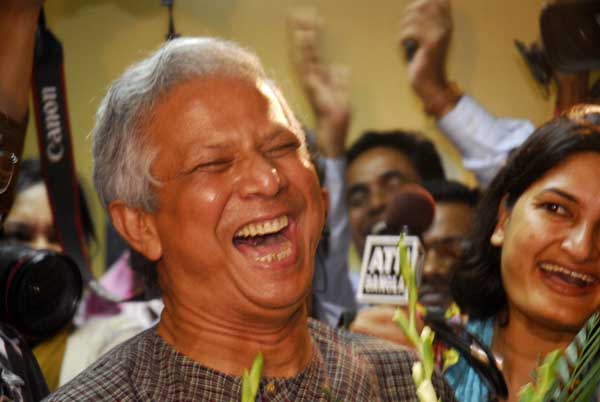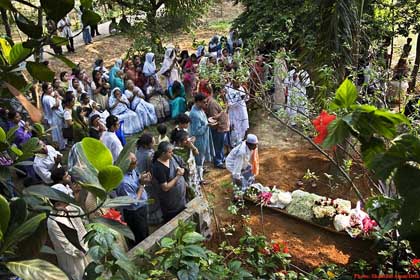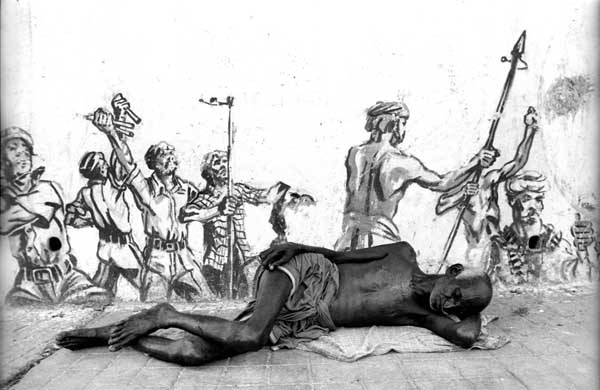Subscribe to ShahidulNews
![]()

By Shahidul Alam
Bangladesh will be 40 years old next year. Back in 1971, its civil war and declaration of independence gained global notice thanks to the Concert for Bangladesh, which drew over 40,000 to Madison Square Garden in New York. Bob Dylan, Billy Preston, Ravi Shankar, George Harrison and other stars of the music world performed at the first major concert held for a social cause, concentrating attention on what was then East Pakistan, devastated first by the cyclone in Bhola and then by the atrocities committed by the Pakistani?Army.
Bangladesh continues to have an eventful history. Sheikh Mujibur Rahman, the founding father, was assassinated in 1975. The?CIA?is alleged to have played a role. Ziaur (?Zia?) Rahman, the general who followed Mujib, was also assassinated, as were many others during those tumultuous?years.
Zia moved away from the socialism and secularism on which the original Bangladeshi constitution had been built, and moved closer to the?US?and the Middle East. His successor, General Ershad, strengthened the Middle East ties by declaring Bangladesh an Islamic state. Secular Bangladesh had been?buried.
Bangladeshis? love for democracy is not to be underestimated, however. Resistance grew in the streets and, with the military refusing to bail him out, Ershad eventually stepped down. For once a deposed leader went to a jail cell rather than a?grave.

Since then the democracy available has still been distinctly less than perfect. The two main parties ? the Awami League, ruled by Mujib?s daughter Sheikh Hasina, and the Bangladesh Nationalist Party (BNP), ruled by Zia?s widow Khaleda Zia ? have effectively taken it in turns to hold power, each sounding much more plausible in opposition than in government. Attempts to fix the elections by the most recent BNP government in 2007 infuriated the opposition, leading to violence in the?streets.
The?US?and the European Union decided a pliant government backed by the military was much easier to handle than some messy democracy, and an ex-World Bank employee was brought in to head the military-backed ?caretaker government?. This puppet government started by arbitrarily extending its prescribed 90-day tenure to two years. It then tried to break the existing parties, by jailing the top leaders and setting up its own party, but failed miserably. Eventually the two years ran out and the people were in no mood to accept another extension. Deals were hurriedly made and the unplanned exit took place without?violence.
On election day in December 2008, a young man showed off the purple stain on his thumb. He had voted and was proud of it. After two years of effective military rule, Bangladeshis had voted in huge numbers. The landslide victory for the Awami League hadn?t been predicted. Occasional turnouts of over 100 per cent were somewhat embarrassing, but by and large it was a fair election. The overwhelming majority was something the new government, which had promised change, could use finally to set things?right.
But soon it was business as usual. Feuds over the spoils led to intra-party fights. Accusations of sexual abuse by the student wing of the Awami League led to fingerwagging at her own party by Sheikh Hasina, but people were not convinced. The government seemed more interested in territorial disputes rather than the serious rise in prices, the frequent power cuts and the infrastructure?failure.
The problems do not get any smaller. Bangladesh is one of the countries likely to be worst affected by global warming. Financial mismanagement in the?US?is beginning to affect Bangladeshi migrant workers, the biggest revenue earners in the country. For the 135 million Bangladeshis who live on less than two dollars a day, the promised change is long?overdue.
Bangladesh Fact File
Leader Prime Minister Sheikh Hasina Wajed.
Economy: GNI per capita $520 (Pakistan $980, UK $45,390). Two-thirds of Bangladeshis are farmers, but more than three-quarters of Bangladesh?s export earnings derive from the garment industry, which employs over 3 million people (mainly women). Remittances from workers in other countries are also vital to the economy.
Monetary unit: Taka
Main exports Garments, seafood, jute and jute goods, leather.
People 160 million. Annual population growth rate 1.6%. People per square kilometre 1,111 (UK 253).
Health Infant mortality 43 per 1,000 live births (Pakistan 72, UK 5). Lifetime risk of maternal death 1 in 51 (UK 1 in 8,200).
Environment Given the consumption habits of the average Bangladeshi and the fact that virtually everything is recycled, the country has always had a low carbon footprint. However, the complete environmental disregard of industrialists has led to very high levels of pollution. Arsenic in groundwater, originally brought about by UN-sponsored tubewells, threatens to kill millions.
Culture Bangla culture has a rich history stretching back over many centuries ? the earliest Bangla literary text dates from the eighth century. This heritage is shared with the Indian state of West Bengal. The Chittagong Hill Tracts are home to distinct ethnic groups collectively known as Jumma.
Religion Muslim 83%, Hindu 16%, tiny Buddhist and Christian minorities.
Language Bangla 98%.
Sources UNICEF, UNDP, Guia del Mundo, CIA.
Bangladesh ratings in detail (Previously reviewed 2000)
Income distribution: The gap between rich and poor has increased. The garment industry brought in $12.3 billion in 2009, but the minimum wage for garment workers ($25 a month) is among the lowest in the world.
Life expectancy: 66 years (Pakistan 67, UK 79). Improving, but families can be destroyed by a major illness due to the high costs of medical care.
Literacy: 54%. Primary education has improved, especially for girls ? there are now more girls than boys in school ? but poverty forces many to drop out of the education system.
Position of women: The role of women in urban civil society is impressive. The garment industry, while exploitative, has given rural women options. Women inherit half what men do by Islamic law, but in practice women inherit even less than that.
Freedom: Despite government repression, private media, especially television, have played a major role in highlighting irregularities. The government media are used entirely for propaganda.
Sexual minorities: Homosexuality is illegal and punishable by 10 years? imprisonment or more. It is therefore difficult to be publicly gay, but ambiguous sexuality is accepted and hijras (men adopting female gender identity) often perform in religious ceremonies. Gay groups exist, but use other criteria for their association.
NI Assessment (Politics)


